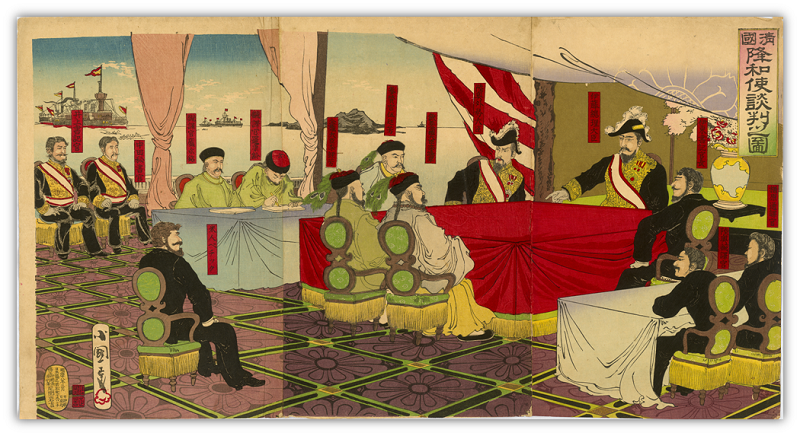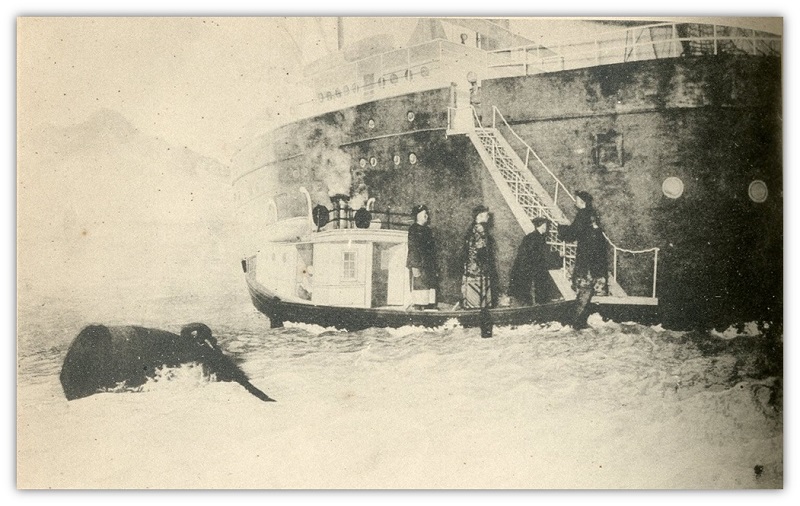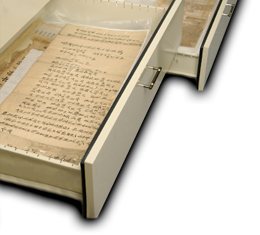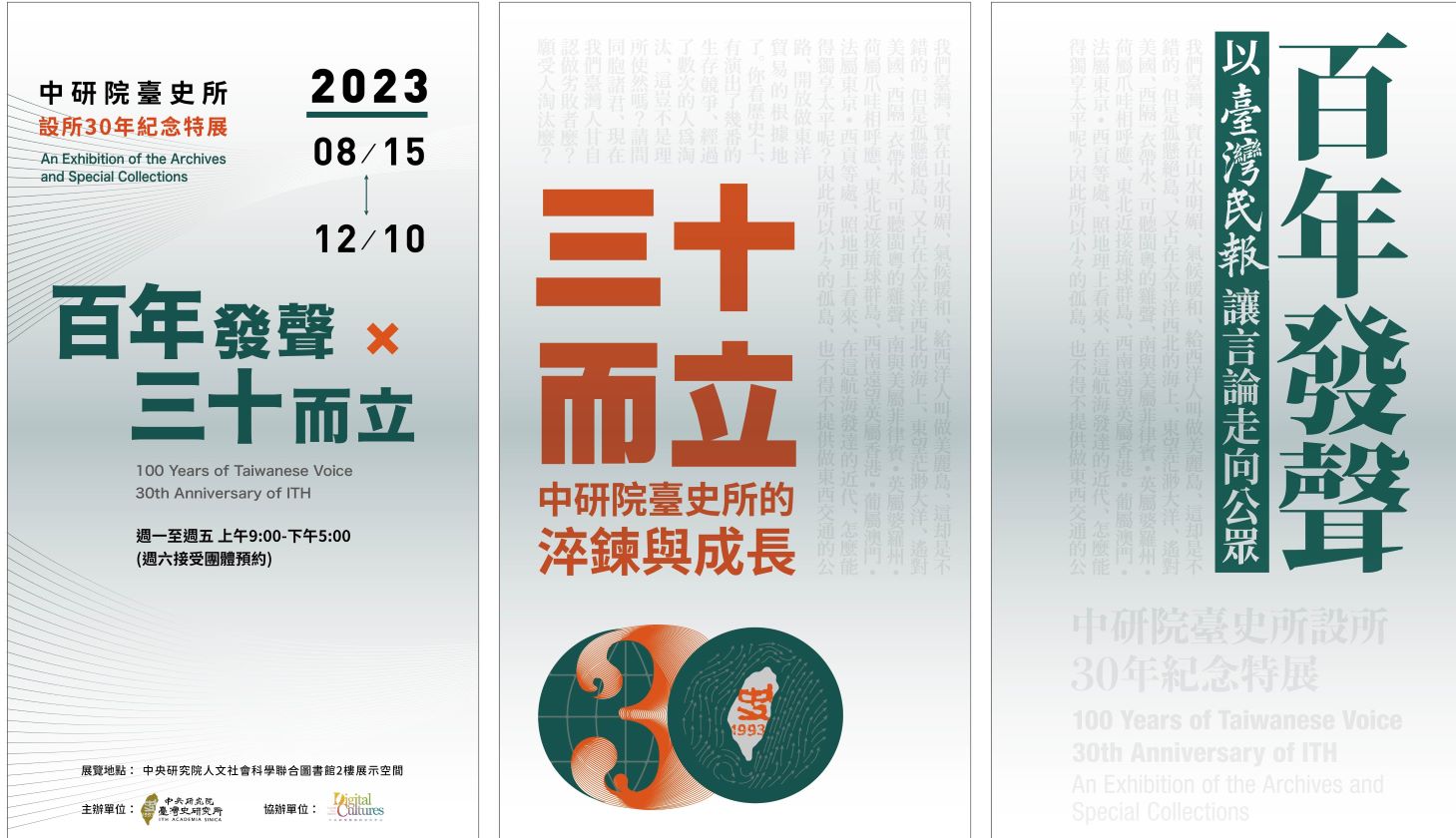|
Li Hung-chang, the Qing representative, and Ito Hirobumi, the Japan representative, had five peace negotiations at Shimonoseki since March 1895. The contents had not involved Taiwan’s ownership until the third round of negotiation. On April 17, the two sides signed the treaty of Shimonoseki at Sunpanro. The second clause in the treaty is “China cedes to Japan the islands of Formosa, together with all islands belong to said islands of Formosa, the Pescadores islands, and the eastern portion of Liaodong Peninsula.” On June 2, Admiral Kabayama Sukenori, the first Japanese Governor-General of Taiwan, and Li Ching-fang, the Qing representative, completed the transfer of sovereignty over Taiwan outside Keelung harbour. Since then, Taiwan and Penghu had become the territories of Japan in accordance with the treaty.  Figure of the Peace Negotiations between Ambassadors of Qing Dynasty and Japan in 1895
Source:戰役浮世繪,Digital Archives of the Archives of Institute of Taiwan History Li Hung-chang and Ito Hirobumi had peace negotiations at Shimonoseki. This figure describes a process of negotiations and could see clearly that the Japanese fleet prepared to campaign outside of a window.
 Lee Ching-fang boarding Yokohama Warship to Transfer the Sovereignty over Taiwan in 1895
Source:《臺灣治績志》(井出季和太著,臺北市:臺灣日日新報社,1937年出版),Digital archives of the Archives of Institute of Taiwan History  Li Ching-fang, the Qing representative, and Ito Hirobumi, the Japan representative singed the treaty about attribution of Taiwan between Qing Dynasty and Japan in 1895.
Source:Archives of National Taiwn Museum The power transfer ceremony was originally arranged to be held ashore in Taiwan. However, the Japanese sent a small ship to take Li Ching-fang and his accompanies to Yokohama warship upon Li’s request and accomplished the transfer at open sea of Keelung.
 Figure of the new territory-Taiwan new map
Source:《征臺軍凱旋紀念帖》(遠藤誠編,東京:裳華房書店、遠藤寫真館,1896年出版), Archives of National Museum of Taiwan History Japan investigated clearly the new territory. In this chart, it arranges locations of a artillery battery, telecommunication lines, and place of prefectural capitals, subprefectures in the future. Meanwhile, in the figure also lists famous products around Taiwan, like rice, sugar, tea, camphor trees and so on.
|
 |



